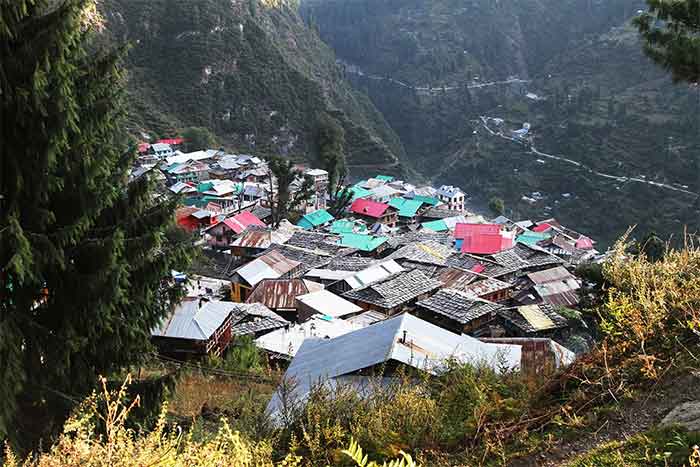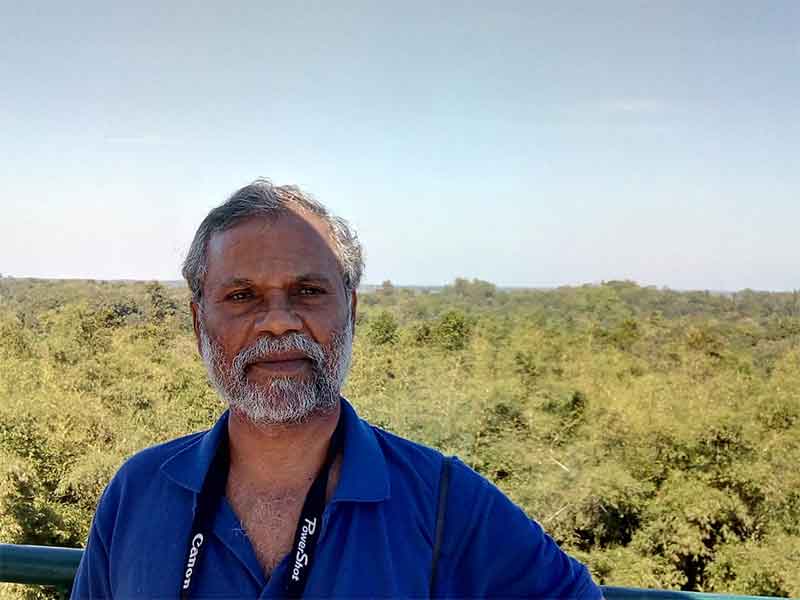
The Indian Himalayas stretch majestically for nearly 2500 km across 13 states and union territories. Nearly 50 million people live here, but the number of people whose life is closely influenced by the Himalayas is many times more, with a heavy concentration in the densely populated Gangetic plains.
For all their outward grandeur, the Himalayas are geologically young and fragile formations, prone to disturbances and landslides. Most of this region falls in the highest seismicity zone. Hence policies for this region should take extra care to be protective towards the environment, particularly forests and rivers, towards the people living here and the much larger number influenced by what happens in the Himalayan region.
At the national level, people tend to discuss the Himalayan region in terms of tourism and pilgrimage destinations, but greater attention should be given to the lives and livelihoods of common people living in the Himalayan region as well as the need to protect environment in such ways that the impact of Himalaya locally and more widely remains protective. Cooperation with other Himalayan countries should also be based on sharing such concerns with them and minimizing conflict to the extent possible given the geopolitical realities.
The Himalayas with their varying heights and slopes, peaks and valleys are suitable for preserving rich biodiversity. The traditional farming practices have made good use of this to provide a diversity of nutritious food, which is particularly rich in millets and herbs. Some farm scientists who were trained in green revolution monocultures could not appreciate these strengths and so very disruptive new crops and technologies were introduced at some places. Fortunately this mistake is being realized at several places. There are several initiatives to base farming more on organic and natural methods which are led by Sikkim but can be seen also in other places. This is welcome, but often a holistic approach of natural farming is missing in official efforts.
Forests are crucial for protecting Himalayan ecology, but with due care and understanding, they can also play the most important role in supporting sustainable livelihoods of local people. This would be based on providing people livelihoods in protecting forests and biodiversity, regenerating mixed natural forests with due place for more soil and water conserving trees like the oak, and giving people much better rights over sustainable use of minor forest produce. A rural economy based on such protective livelihoods, fruits and dry fruits, organic farm produce in raw and processed forms, supported further by eco-friendly tourism and pilgrimage can provide a firm livelihood base without endangering environment.
Unfortunately not just tourism but even pilgrimages are getting highly commercialized, with record numbers of helicopter sorties bringing pilgrims to their favored shrines. Instead of allowing all this to be guided mainly by commercial factors, we must bring in important factors like protecting environment and promoting livelihoods of common hill people.
There has been a lot of controversy around several big development projects, particularly dam and highway projects. A time has come when the government should make room for a completely unbiased evaluation of the overall impact of these projects so that future policy is guided entirely by the most unbiased conclusion that can be drawn from the experiences so far. There are several concerns—loss of forests and trees, destabilization of slopes and land-slides, displacement of people among them—but a particularly serious concern is that of avoiding any massive disasters.
The role which hydel projects had played in aggravating the highly disastrous floods in Uttarakhand in 2013 has been widely discussed and even a committee appointed at the initiative of the Supreme Court had drawn attention to this. We cannot forget that about 6,000 human lives were lost in these floods, perhaps more. A big priority should be to avoid this kind of big disasters. More than one officially appointed committee has drawn attention to very serious risks associated with the Tehri Dam Project in Uttarakhand, for instance, and we should not ignore or neglect such well-documented warnings, supported by scientific evidence and voiced by eminent experts.
Sunderlal Bahuguna, who died last year, had devoted his life to protecting Himalayan ecology as well as sustainable livelihoods. He used to say—Ecology is permanent economy. He went on long foot marches to hundreds of villages to find practical ways of applying this principle. He as well as his companions contributed much in this direction.
They emphasized that ecological tasks cannot be taken up in social isolation. Hence they placed equal emphasis on justice for women and pleaded for wider social roles for them. Women have justified this trust by playing very important role in the chipko movement, anti-liquor movements and peace initiatives.
These activists also emphasized equal opportunities and empowerment of dalits as well as inter-faith harmony. Their work is a valuable guide for evolving a socio-economic and ecological agenda for the Himalayan region, integrating many-sided justice with environmental concerns.
Bharat Dogra is Honorary Convener, Campaign to Save Earth Now. His recent books include Planet in Peril, Man over Machine and A Day in 2071.
















































